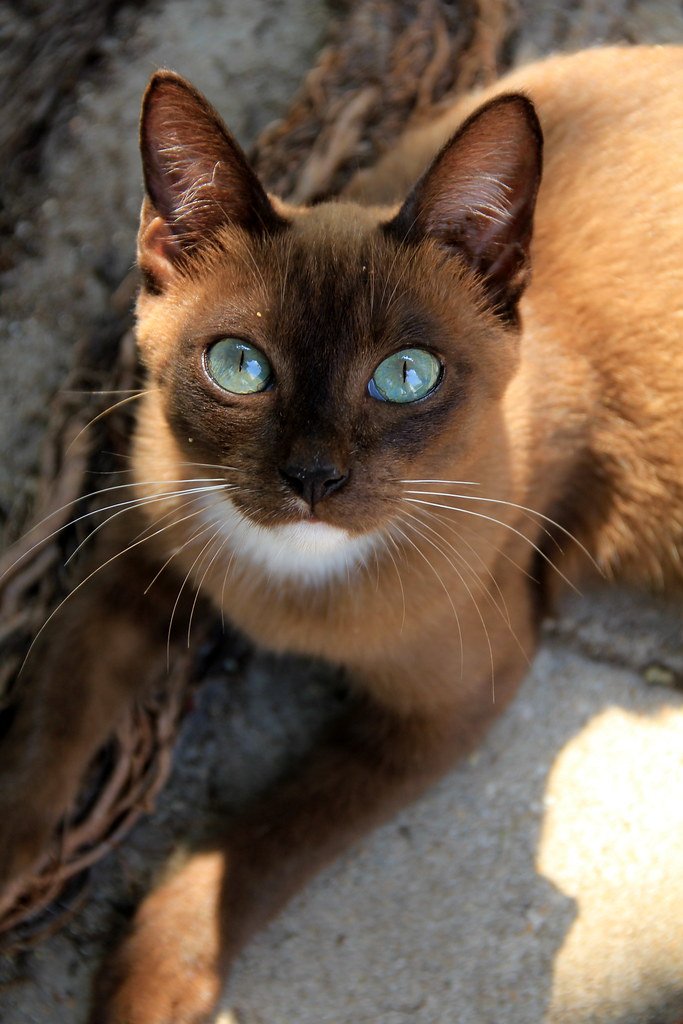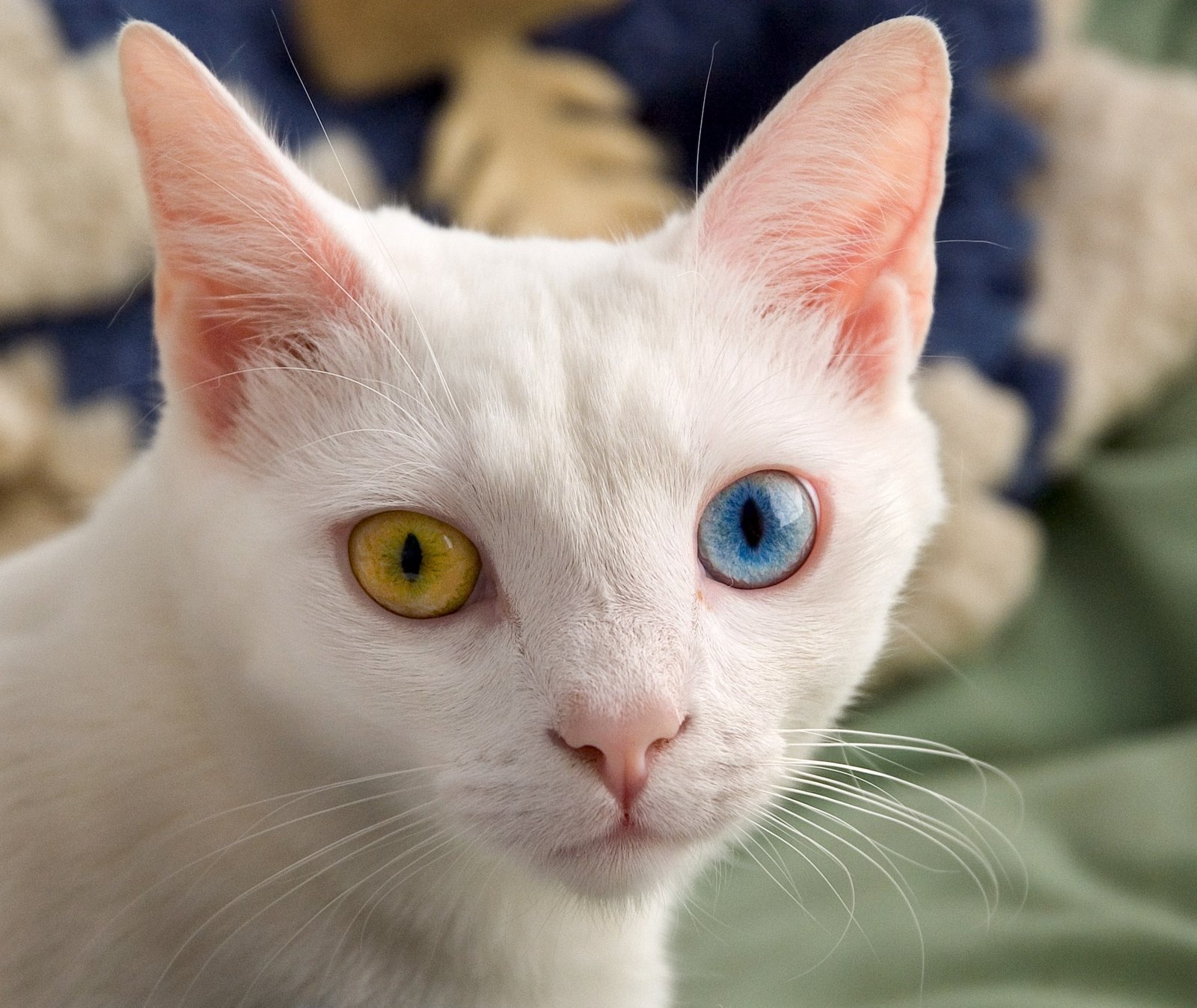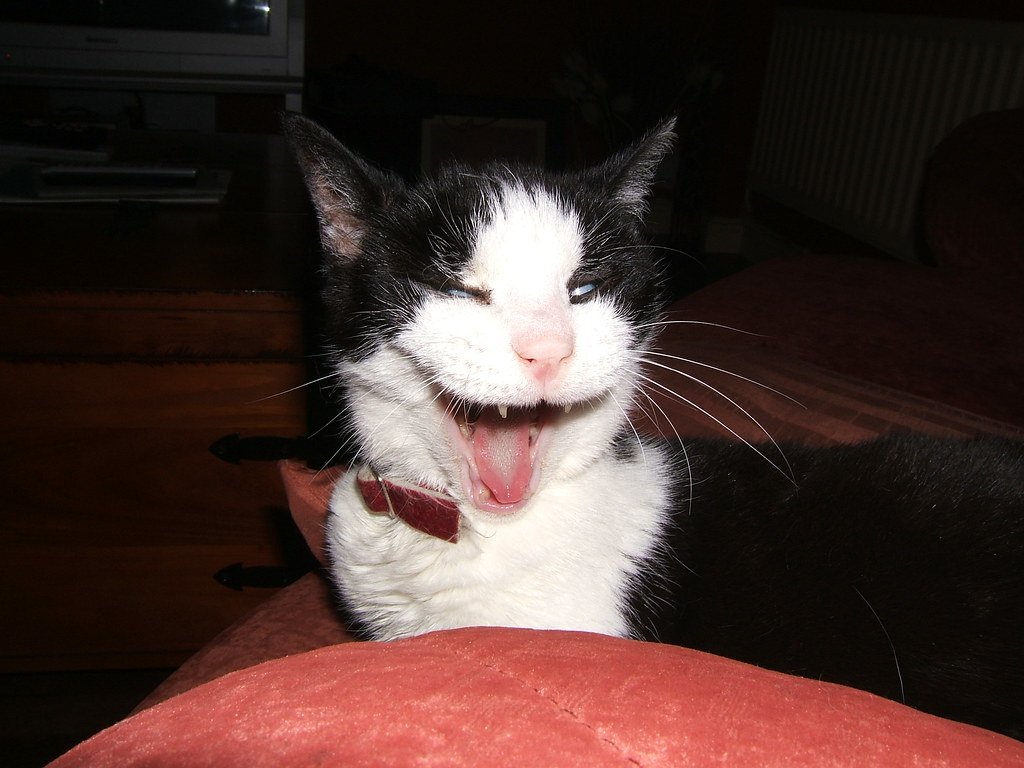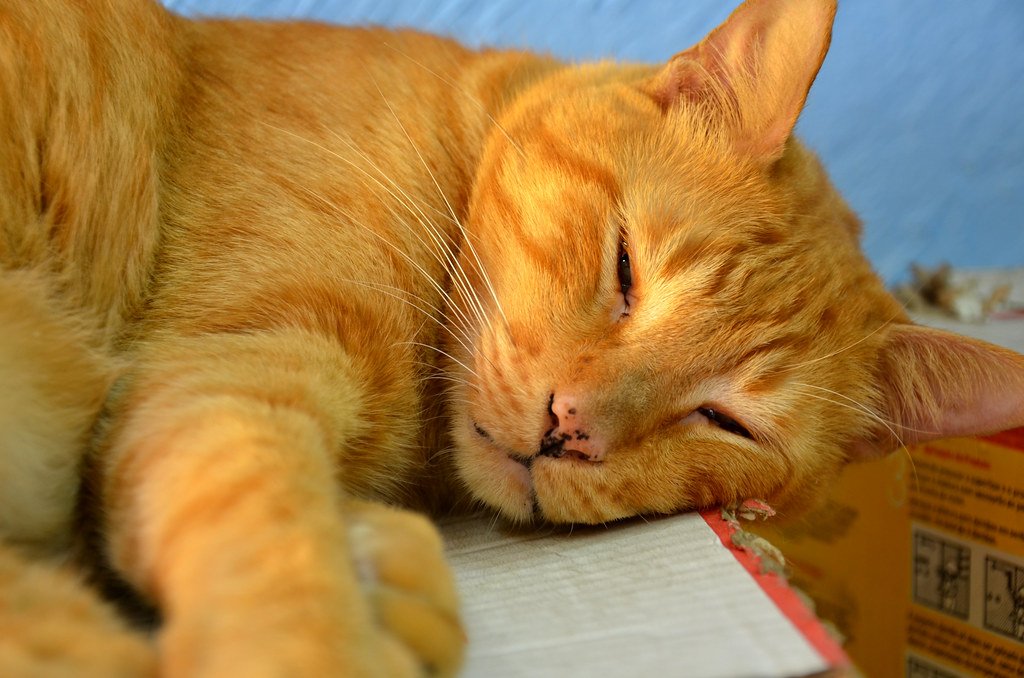The Egyptian Mau: Racing Through Time Since 1400 BC

Picture this: while your neighbors are debating whether their cat is fast enough to catch that pesky mouse, the Egyptian Mau is literally the fastest domestic cat breed on Earth. These spotted beauties can sprint up to 30 mph, making them the cheetahs of the house cat world.
What makes them truly ancient? Archaeological evidence shows these cats were worshipped in Egyptian temples over 3,000 years ago. Their distinctive spotted coat isn’t just beautiful—it’s completely natural, making them the only domestic breed with naturally occurring spots.
Norwegian Forest Cat: Viking Companions from the North

Long before Instagram made fluffy cats famous, Norwegian Forest Cats were sailing with Vikings across treacherous seas. These massive, weatherproof felines have been prowling Scandinavian forests for over 1,000 years, perfectly adapted to harsh Nordic winters.
Their double-layered coat isn’t just for show—it’s engineered like a high-tech winter jacket. The outer layer repels water while the inner layer provides insulation that would make a polar bear jealous. These cats literally survived ice ages.
Turkish Angora: The Sultan’s Favorite for 600 Years

While most cats were catching mice in barns, Turkish Angoras were living like royalty in Ottoman palaces. These elegant, long-haired beauties have been pampered by sultans and nobility since the 1400s, making them the ultimate aristocrats of the cat world.
Here’s something that’ll blow your mind: many Turkish Angoras have heterochromia—one blue eye and one amber eye. This striking feature was considered so magical that Turkish royalty believed these cats brought good fortune to their households.
Siamese: Thailand’s Sacred Temple Guardians

Forget guard dogs—ancient Thai temples relied on Siamese cats to protect sacred spaces and royal treasures. These vocal, intelligent felines have been chattering away for over 700 years, originally serving as both companions and spiritual guardians in Buddhist monasteries.
Their distinctive color pattern isn’t just genetics—it’s temperature-sensitive magic. The cooler parts of their body (ears, face, paws, tail) develop darker colors, while their warm torso stays light. It’s like having a built-in thermometer that doubles as stunning natural artwork.
Persian: The Pampered Princes of Ancient Persia

Long before social media influencers discovered the power of perfect grooming, Persian cats were setting beauty standards in ancient Mesopotamia. These luxurious, flat-faced felines have been the ultimate lap cats for over 1,600 years, originally treasured by Persian nobility.
Their flowing coats require daily brushing, but here’s the kicker: this high-maintenance trait was actually bred specifically for wealthy families who had servants to handle the grooming. Talk about living the high life since ancient times!
What Made These Breeds Survive Millennia?

Unlike designer breeds that appeared in the last century, these ancient cats earned their place through pure survival skills and human partnerships. Each breed developed unique traits that made them invaluable to their respective civilizations—whether as hunters, companions, or sacred guardians.
The common thread? These cats didn’t just adapt to human society; they became integral parts of it. From Viking longships to Egyptian temples, they proved their worth through centuries of changing empires and evolving cultures.
The Genetics Behind Ancient Feline Royalty

Modern DNA analysis reveals something fascinating: these ancient breeds have remarkably pure genetic lines compared to newer breeds. Their isolation in specific geographic regions for centuries created distinct characteristics that remain stable today.
Scientists can literally trace the migration patterns of ancient civilizations by studying the genetics of these cat breeds. It’s like having a furry history book that purrs and demands treats.
Why Ancient Breeds Are Making a Modern Comeback

In our world of rapidly changing trends, these ancient breeds offer something increasingly rare: authenticity and proven longevity. Cat enthusiasts are rediscovering that thousands of years of natural selection created pretty amazing pets.
Plus, there’s something deeply satisfying about sharing your home with a breed that ancient pharaohs, Viking warriors, and Persian nobility also adored. It’s like having a direct connection to history that happens to knock things off your coffee table.
The Secret to Their Longevity

What’s the magic formula that kept these breeds thriving for centuries? Unlike modern breeds created for specific looks, these ancient cats were bred for survival, temperament, and practical usefulness. They’re the difference between a sports car and a reliable truck that’s been running for decades.
Their genetic diversity from centuries of careful breeding makes them typically healthier and more resilient than many modern breeds. Mother Nature and ancient breeders knew what they were doing long before we had veterinary science.
Conclusion: Living History in Your Living Room

These five ancient breeds represent more than just beautiful cats—they’re living links to civilizations that rose and fell while these felines adapted and thrived. From Egyptian temples to Viking ships, from Persian palaces to Thai monasteries, these cats have witnessed humanity’s greatest moments.
Today, they bring that same ancient wisdom and companionship to modern homes, proving that some things truly do get better with age. When you watch a Persian cat luxuriously stretching or hear a Siamese having a philosophical conversation with you, you’re experiencing behaviors that have delighted humans for literally thousands of years.
Which of these ancient feline royals would you choose to share your kingdom with?
Hi, I’m Bola, a passionate writer and creative strategist with a knack for crafting compelling content that educates, inspires, and connects. Over the years, I’ve honed my skills across various writing fields, including content creation, copywriting, online course development, and video scriptwriting.
When I’m not at my desk, you’ll find me exploring new ideas, reading books, or brainstorming creative ways to solve challenges. I believe that words have the power to transform, and I’m here to help you leverage that power for success.
Thanks for stopping by, Keep coming to this website to checkout new articles form me. You’d always love it!






